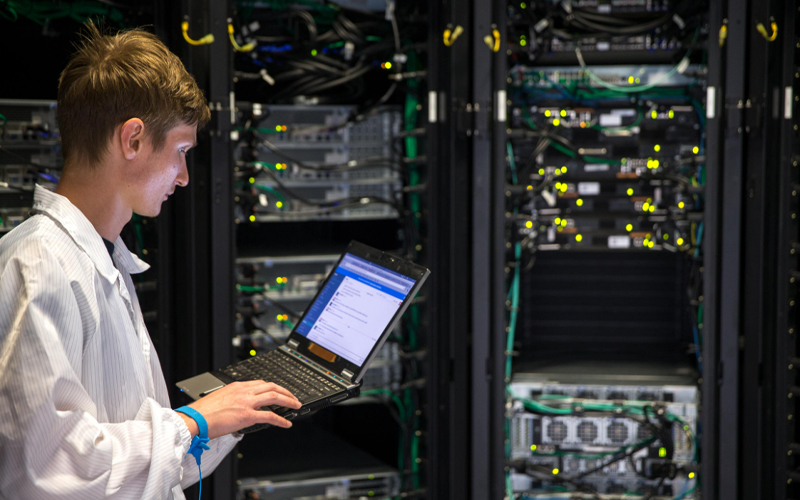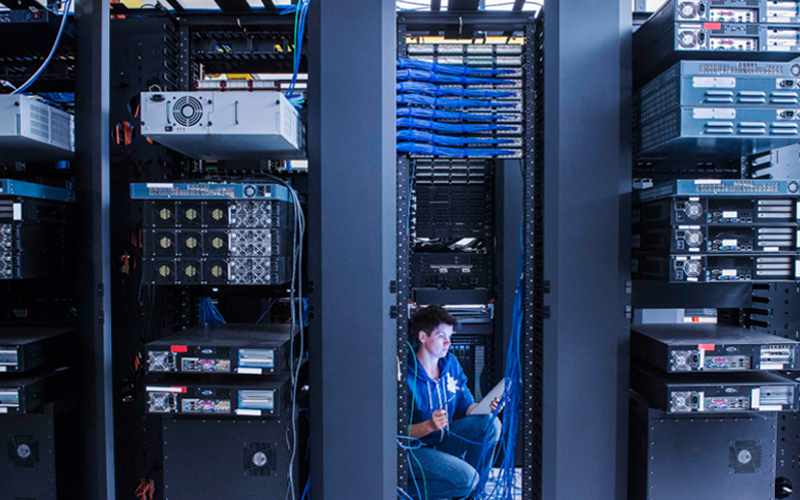The telecommunications industry is experiencing unprecedented growth with the advent of 5G in the communication landscape. Data shows that adoption of 5G will increase to a whopping 54% by 2030, which translates to 5.3 billion connections globally. This exponential growth has posed new challenges for communication service providers (CSPs).
Who is a Communication Service Provider?
A CSP refers to a company that provides communication and information-related services. Some examples of CSPs are telephone companies, internet service providers, satellite/cable companies, radio stations, etc. CSPs essentially transmit data in different formats such as text, voice, videos, audio and images, among others, to their local and global customers. As data becomes the new gold, the role of wireline service providers has indeed become more critical than ever before!
Challenges faced over time
Communication service providers are grappling with issues like high-interest rates, limitations in legacy networks and systems, internal silos around inefficient business units, etc. Also, wireline service providers need to update and renew their offerings continually so that they can enhance the quality of the products and services they offer their customers.
CSPs need to build comprehensive business platforms that can dismantle silos and drive efficiency. Digitalisation provides wireline service providers both visibility into customer lifecycles, and opportunities to fortify the supply chain as well as optimise online sales strategies.
Traditionally,CSPs worked with centralised processing systems that offered services on demand through a network of multiple servers that were located at the data centre of the service provider. This system however could not manage the large volumes of data that needed to be processed simultaneously over long periods. Centralised systems in such instances proved to be inefficient, energy-intensive and expensive.
Cloud computing was adopted by the telecommunications sector to overcome the challenges of legacy systems. Migration of workloads to the cloud offered unlimited computing power and access to storage resources. All of these could be accessed by users on-demand. However, cloud computing could not address all the shortcomings of centralised systems because of its inherent limitations. For instance, all applications cannot be ported to the cloud. It has the problem of latency, etc.
Edge computing has emerged as a revolutionary technology in the telecom landscape that promises to reshape the existing systems and offer new perspectives on how to manage and deliver services to customers.
How does Edge Computing Work?
Decentralisation forms the core of edge computing, which consequently is a distributed computing model. In this model, data processing occurs closer to where the data is generated. It is however different from the centralised processing systems of legacy systems.
The decentralised network comprises distributed micro data centres throughout its extension. These data centres process relevant data locally and then transmit the output to the central data centre. This greatly reduces the time and resources spent on transferring all the data to the central data centre. Besides, it facilitates parallel processing of multiple data points across the network. Hence, the system can manage large volumes of disparate data processing seamlessly.
Benefits of Edge Computing for CSPs
- Decentralisation of data processing minimises latency. Hence, CSPs can deliver highly efficient services and applications to customers that facilitate real-time monitoring and data management.
- Edge computing is faster than centralised systems and reduces response times drastically thereby enhancing customer experience.
- Edge computing is more secure than traditional systems because businesses have power in the local processing of data. This provides an extra layer of security to sensitive data and minimises data breaches.
- Decentralised systems do not have bandwidth constraints or service errors.
- Edge computing is a cost-effective solution because a business saves various expenses. For instance, the business does not have to incur the expense of providing sufficient bandwidth for seamless data exchange between the central data centre and peripheral sites.
- Wireline service providers can build more resilient networks that can continue operations during complex conditions or unexpected situations.
- Since edge computing supports a wide variety of hardware and software environments, it offers better interoperability to facilitate seamless operations for building various applications.
- Edge computing is a sustainable solution that can adapt to critical issues that the environment is likely to pose in the coming years.
Edge computing enables CSPs to offer a great experience to their customers. They can provide their customers the convenience of accessing 5G technology as and when they need it. Customer data is monitored and protected because of the minimal frequency of transfers from the periphery to the centre of the data network. Edge computing has the potential to enable wireline service providers to develop innovative digital solutions that translate into new connection services that can be launched in the market.
How can Infosys BPM help?
Infosys BPM offers comprehensive digital solutions for Wireline Service Providers. Our services facilitate seamless wireline services and optimise telecom network performance. We provide digital solutions that overcome the challenges of the CSP sector. We ensure minimal disruptions and maximum service availability with our dedicated services.







